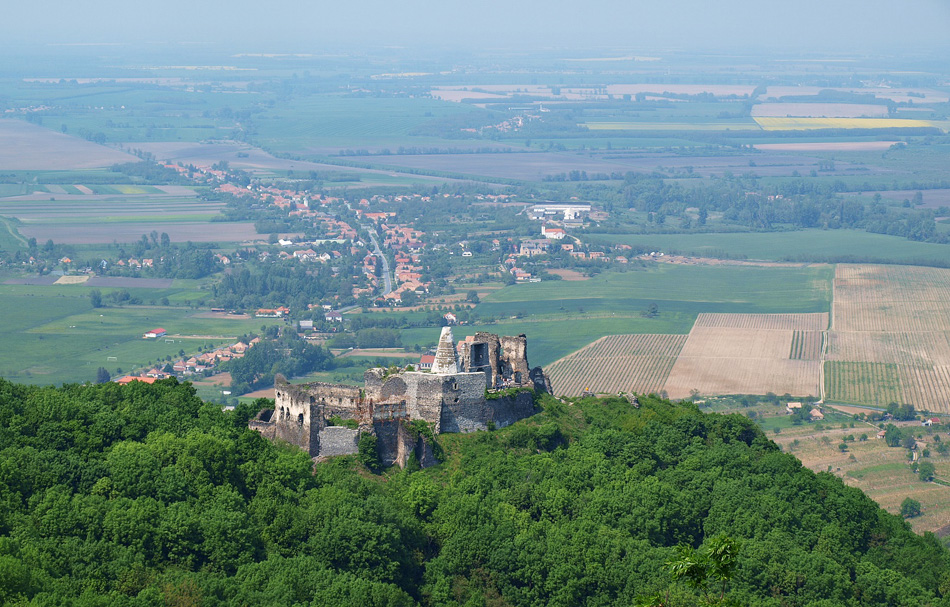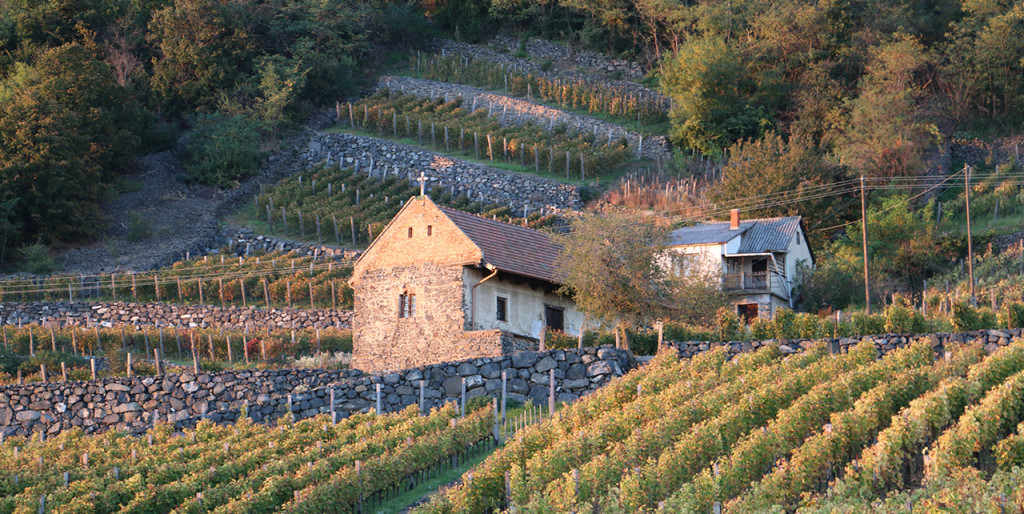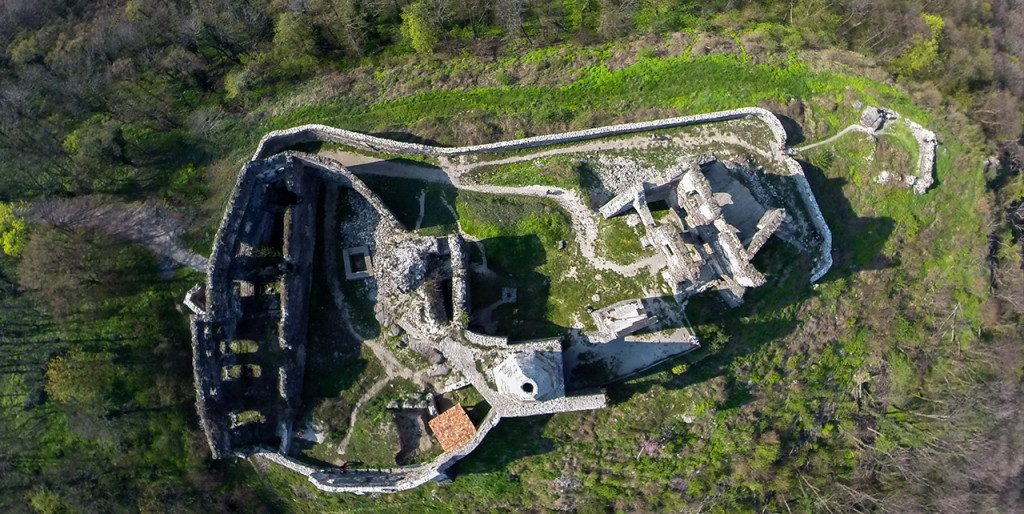About Somlo-hill
Hungary’s smallest wine region lies on the slopes of the Somló Mountain. Vineyards encircle this almost symmetrical, cone-shaped, dormant volcano rising from the plains of the Tapolca Basin. The traditions of winemaking can be traced back to roman times and according to archeological finds the area was home to flourishing settlements in the Bronze Age. The first written documents referring to winemaking in the region date back to the 11th century.
Situated on top of the mountain are the ruins of an 11th century castle. Legend has it that the Benedictine convent, founded by St Stephen in the 11th century, was later disbanded by the ecclesiastical court because the nuns were a little too fond of the fine local wines. Wine was used to cure health problems and it was widely believed that drinking Somló wine on your wedding night assured the birth of a son. Wine from Somló is aptly named the "wedding night wine". This historic wine region was favored by many royals, from King Sigmund to the Habsburgs.

Wines of Somlo

Somló is the place to visit for wine lovers who are seeking something truly new and different. The entire region consists of one long-extinct volcanic hill, located north of Lake Balaton. Most of the great wines produced in Somló are made in tiny quantities, and they are hardly exported. Once you try a wine from Somló, the saying goes, you will forever recognize the taste of them.
They tend to be elegant, high in alcohol, very acidic, and have lots of volcanic minerality. They are wines meant to be aged. This is a white wine region, which produces wines which can hold their own against the dry wines from Tokaj (which they are often compared to). It’s a beautiful region—a secret garden full of untouched vineyards and crumbling old houses—which offers lots of rewards, and some new tastes, for those who are willing to step off-the-beaten path.
Only white wines are produced in the Somló region from the following grape varieties: Hárslevelű, Furmint, Juhfark, Welschriesling, Tramini and Chardonnay.
Getting there / Places to visit
Getting to the Somló region takes about two hours by car. Take Highway M7 to exit 90. Continue on route 71, followed by route 710. In Királyszentisván continue on route 8 until you reach Somlóvásárhely, one of the wine growing areas of the Somló region.
The wines of Somló-hill, tourist pathways, geological, botanical and zoological attractions, Kitaibel nature trails, historical and folk architecture monuments, both for tourists and wine lovers a popular travel destination.
Further information:
http://www.somloiborvidek.hu/index.php/a-borvidekrl/a-somlo-latnivaloi
http://somloiborut.hu/latnivalok/

Attractions and landmarks:
Sightseeings and programs: